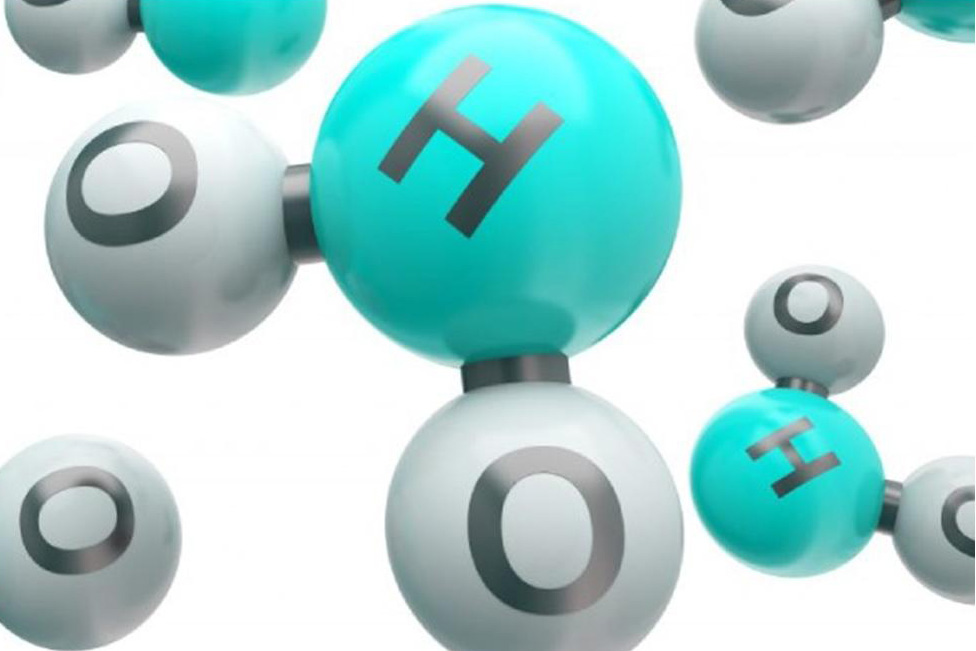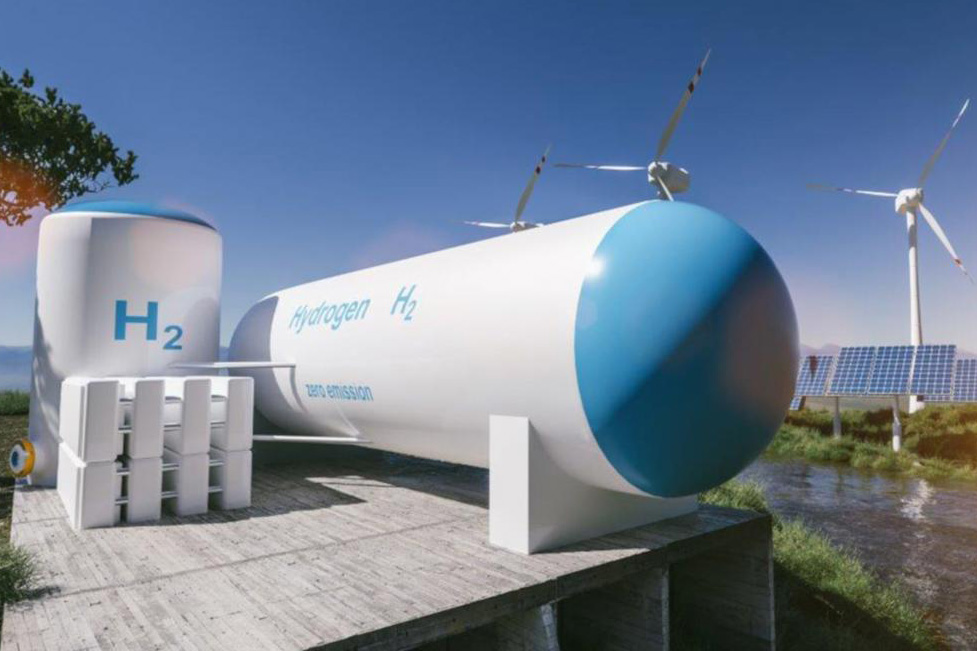HYDROGEN GAS PRODUCTION PROJECT

H2 Gas Extraction
NEED FOR HYDROGEN GAS PRODUCTION
Quoting the U.S. Department of Energy (DOE), with approximately 10 million metric tons (MMT) hydrogen currently produced in the United States each year, the primary demand for hydrogen today is for petroleum refining and ammonia production.
The DOE is focused on developing technologies that can produce hydrogen at $2/kg by 2025 and $1/kg by 2030 via net-zero-carbon pathways. This is in direct support of their Hydrogen Energy Earthshot goal of reducing the cost of clean hydrogen by 80% to $1 per 1 kilogram in 1 decade ("1 1 1"). To reach these goals, the program looks at a wide portfolio of processes; Thermo chemical, Electrolytic, Direct Solar Water Splitting and Biological over a range of time frames.
Currently, most hydrogen in the United States is produced by large-scale natural gas reforming without carbon capture and storage. This established technology has been shown to be able to reach the cost targets; however, the goal is to reach the cost target via low-carbon pathways. To produce hydrogen economically and via net-zero-carbon pathways, DOE supports the research and development of a wide range of technologies.
BENEFIT OF HYDROGEN GAS PRODUCTION
Hydrogen can be used across multiple sectors to enable zero or near-zero emissions in other chemical and industrial processes, integrated clean energy systems, and transportation. Emerging hydrogen markets within these sectors include data centers, ports, steel manufacturing, and medium- and heavy-duty trucks.
Hydrogen can be produced through low-carbon pathways using diverse, domestic resources—including fossil fuels, such as natural gas and coal, coupled with carbon capture and storage; through splitting of water using nuclear energy and renewable energy sources, such as wind, solar, geothermal, and hydro-electric power; and from biomass through biological processes.
R&D METHODOLOGY FOR HYDROGEN GAS PRODUCTION
In the near, and mid-term, electrolysis pathways (where electricity is used to split water into hydrogen and oxygen) are anticipated to begin reaching the cost targets. In the mid- to long-term, innovative approaches, such as those using waste streams and others based on solar energy, are expected to become viable.
The simplest, oldest and most effective method for hydrogen production is electrolysis. For the most part, purified, or freshwater, is required to produce Hydrogen due to the corrosion using seawater. Coating of electrodes is a method under development but it is only an incremental improvement. Other methods under development are listed below.
- Standard Water Electrolysis
- Field-Assisted Splitting using Deep-Sub-Dubye-Length Nanogap Cells Electrolysis
- PEM (Polymer Electrolyte Membrane) Electrolysis
- Electrolysis by other methods
Multiple patent disclosures have been filed that use new acoustic technologies to provide intense heat and pressure to the water to act as a catalyst to help make simple electrolysis economical and efficient. Additionally, seawater can be utilized with the addition of the SSA separation technology to remove the salt from the water leaving freshwater for electrolysis.
STATUS OF THE HYDROGEN GAS PRODUCTION PROJECT
Development Stages:
- Optimization of the standard electrolysis process hydrogen production
- Evaluation/comparison of multiple other electrolysis methods versus standard electrolysis
- Capture techniques matched to preferred electrolysis method
- Evaluation of minimal saltwater requirements to corrosion levels for economic viability
- Incorporation of saltwater into the electrolysis process
Development Status:
- SDA “test mule” is available for development of the initial freshwater process stage
- Some SDA testing has been started
- SSA “test mule” is in development of the saltwater process stage
- Some SSA testing has been started
- Further progress and rate of development are funds and client dependent
W3 product philosophy is based in making the product fit the application rather than making the application fit the product.
All selections of equipment are first preceded with a thorough analysis of your specific application and production needs with one of our experienced W3 Ultrasonic application personnel.
Start the Process Development analysis yourself or Contact W3 directly.
